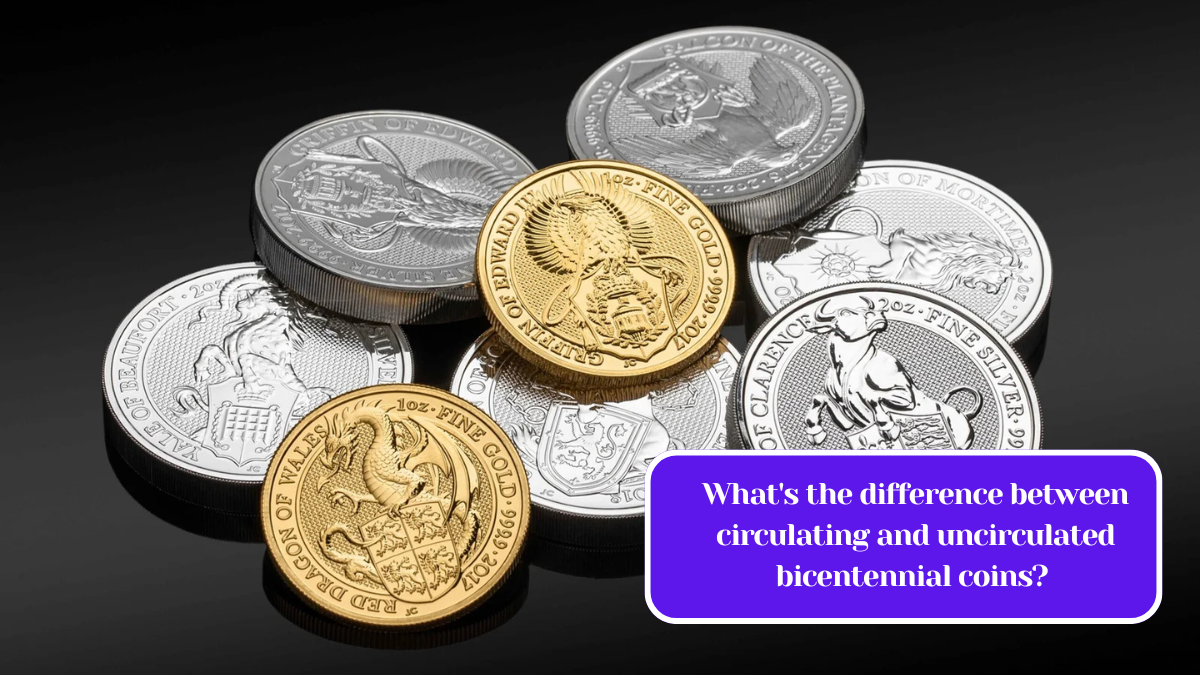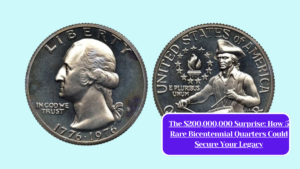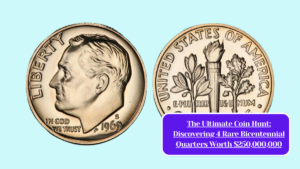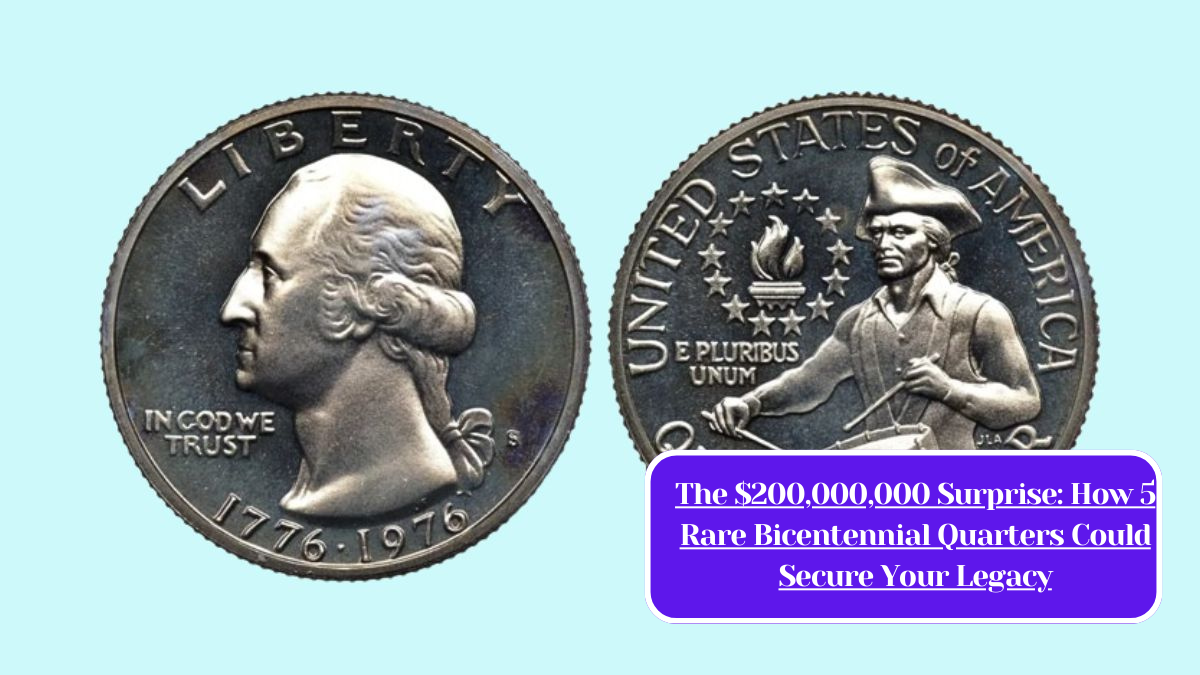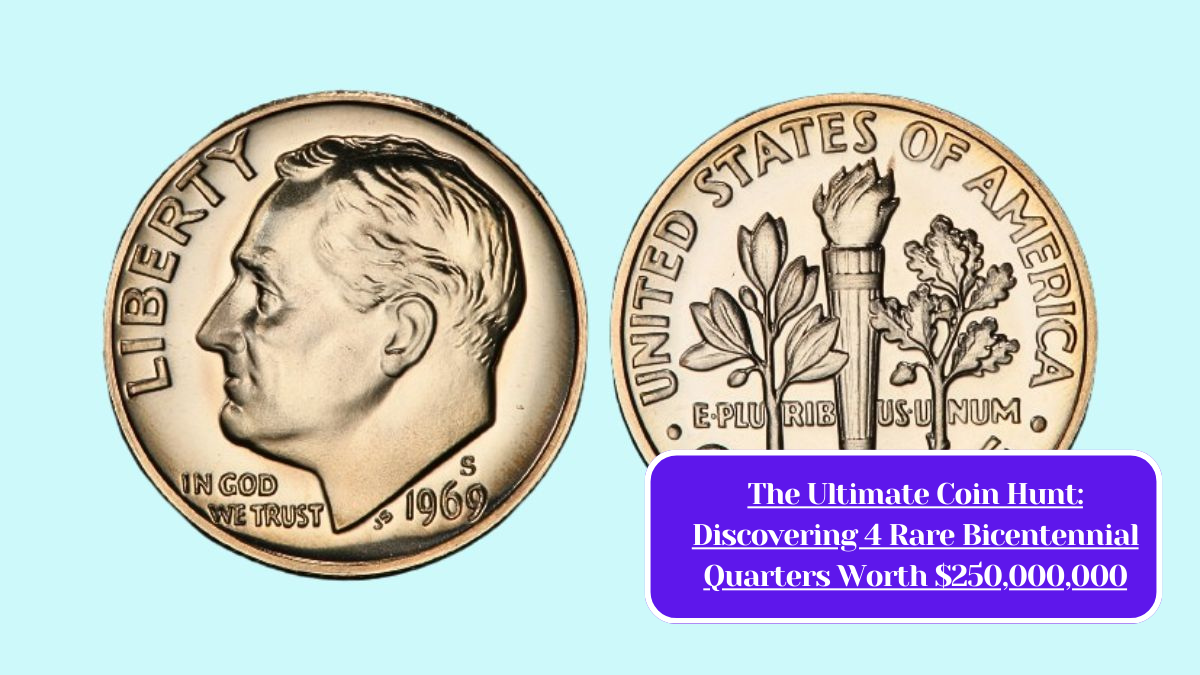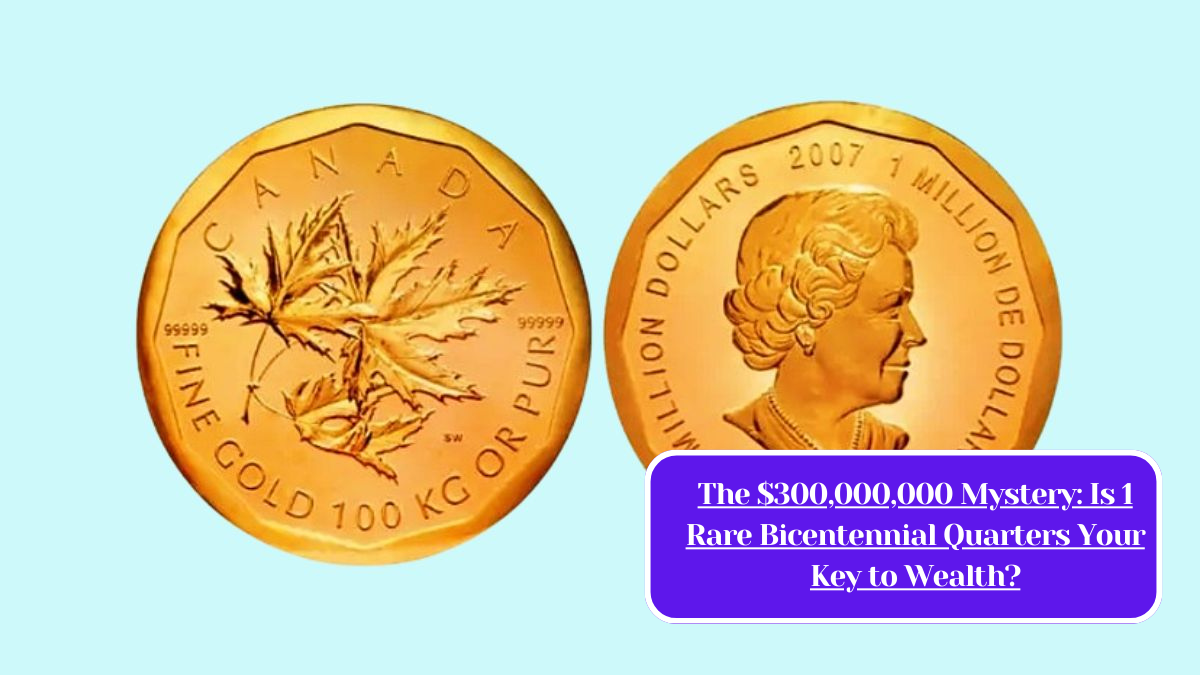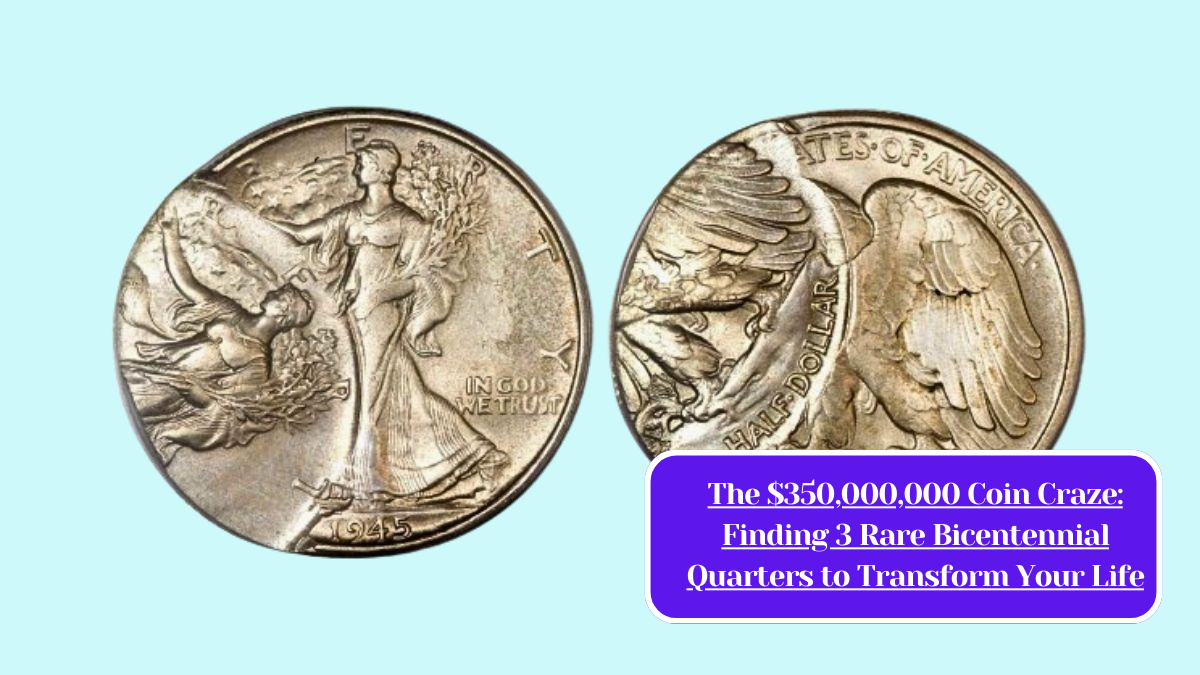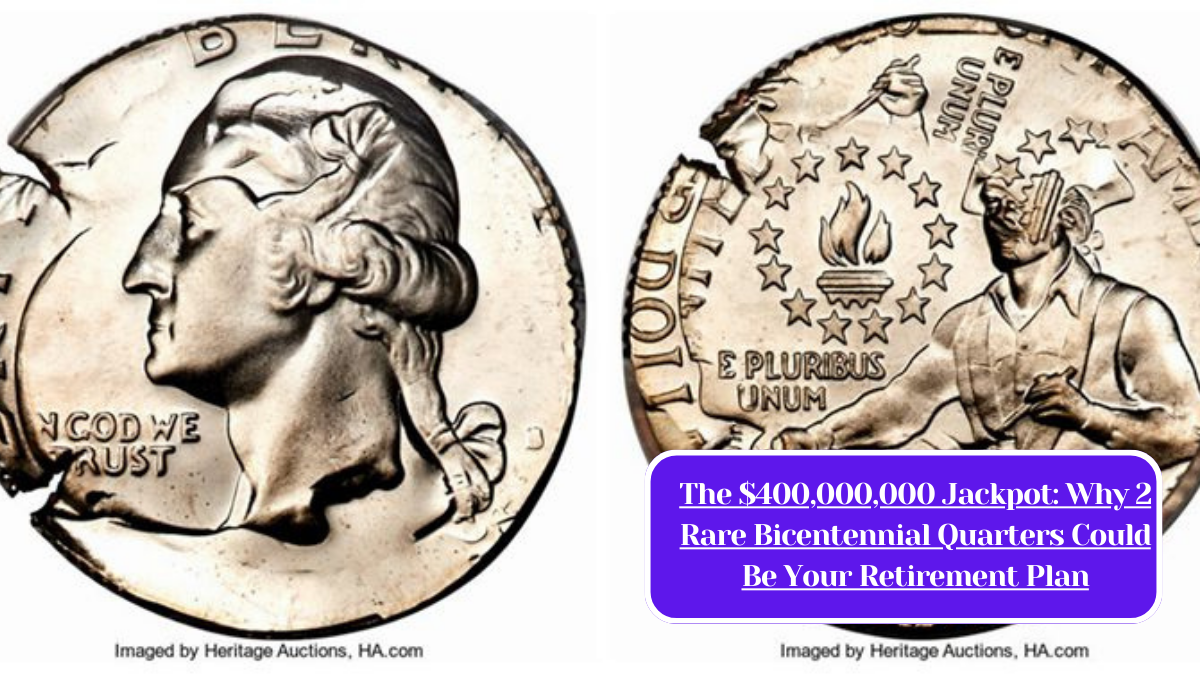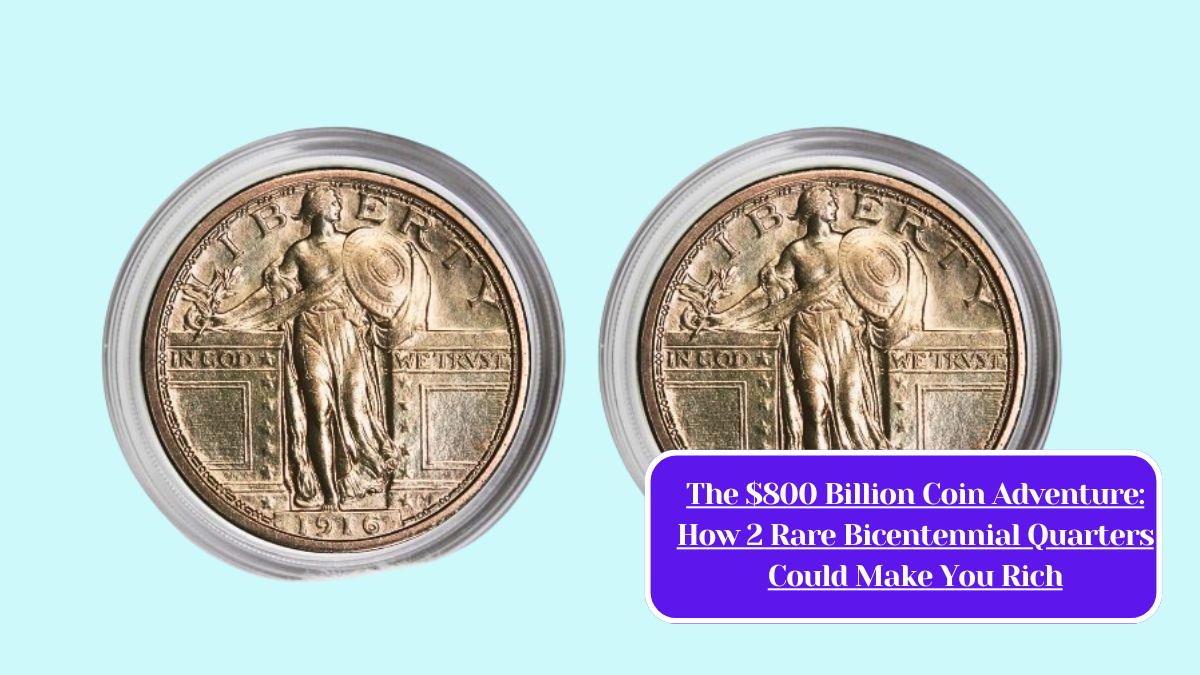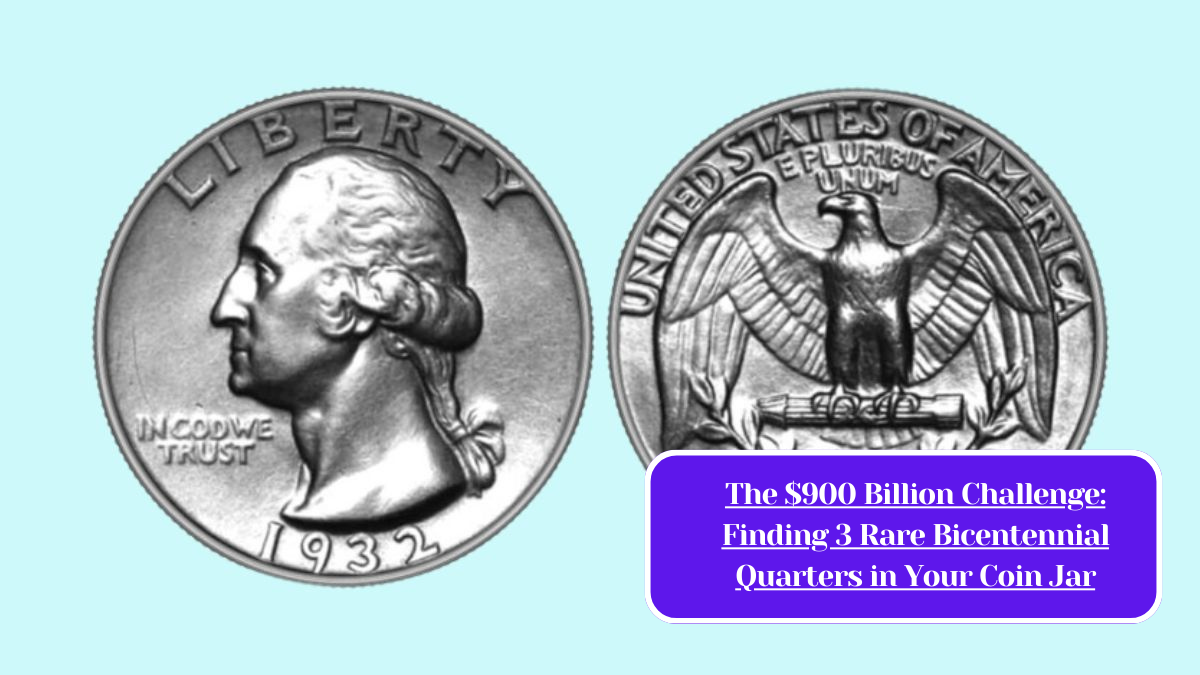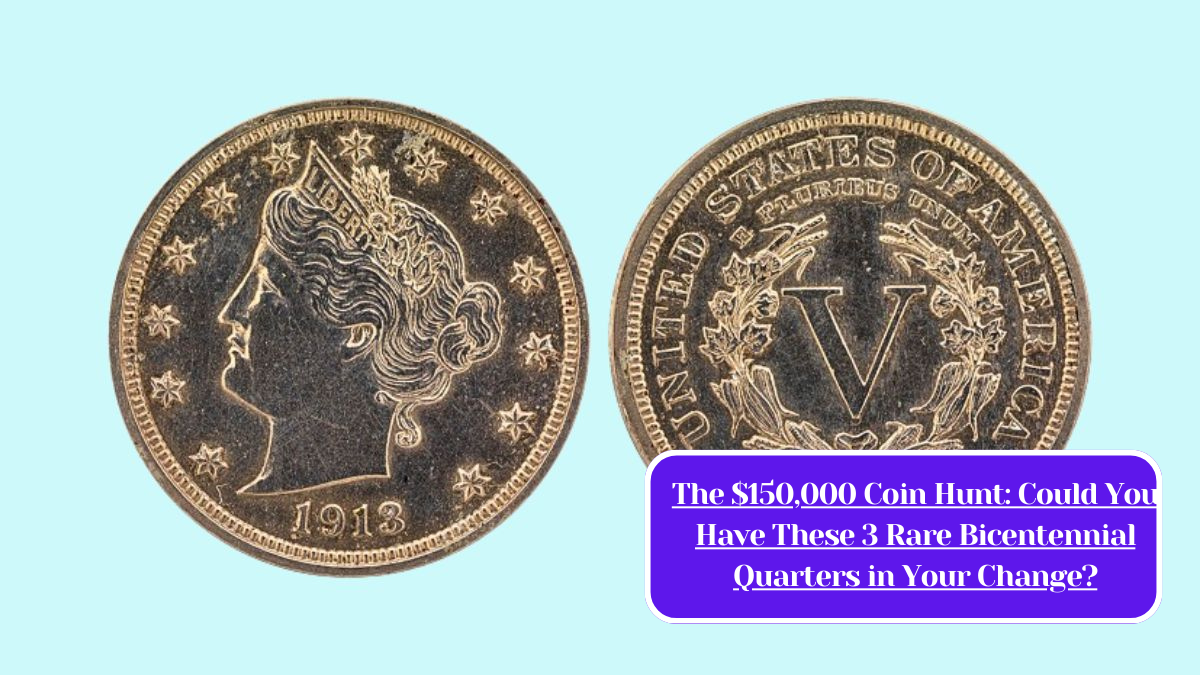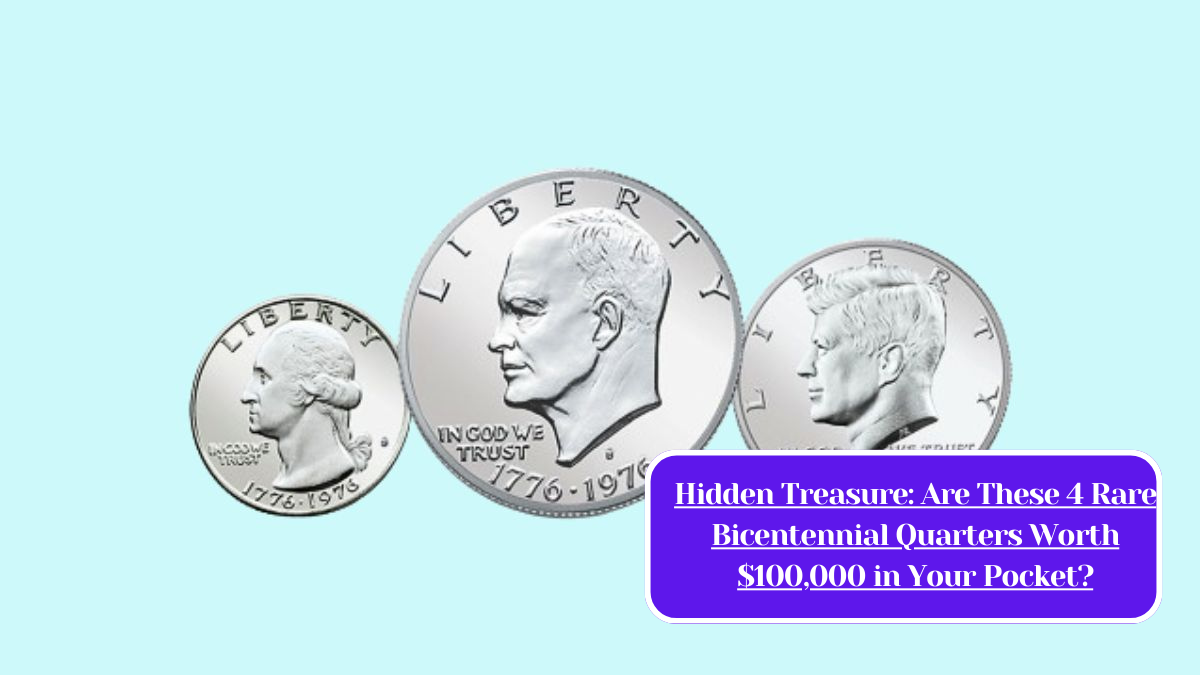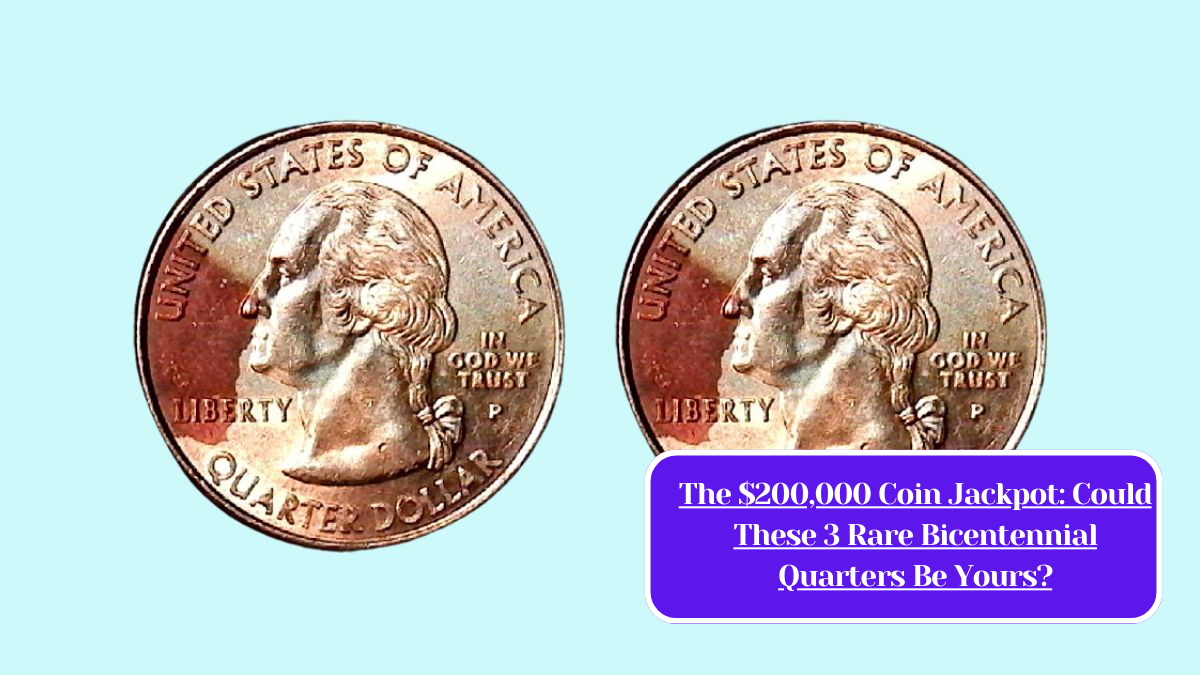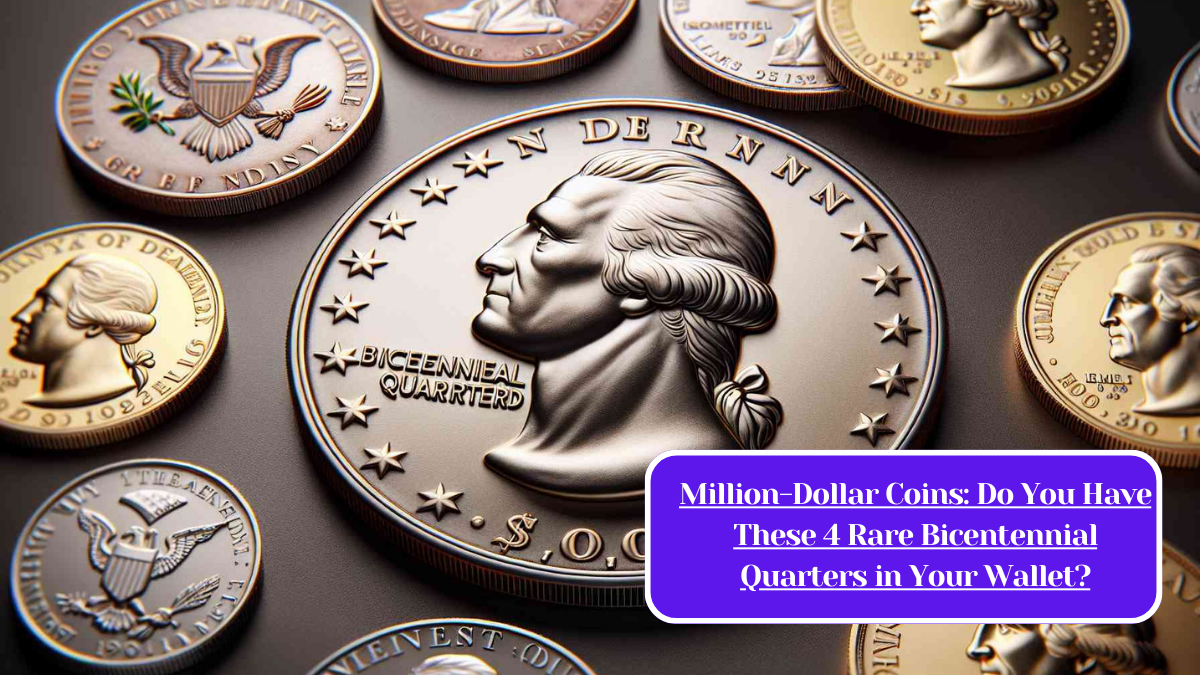The United States Bicentennial in 1976 marked a significant moment in American history, celebrated with special coinage that included the quarter, half dollar, and dollar. These coins, featuring unique designs to commemorate the 200th anniversary of the Declaration of Independence, have intrigued collectors for decades. A common point of confusion among collectors and enthusiasts is the distinction between circulating and uncirculated Bicentennial coins. This article will clarify these differences, aiding collectors in understanding the value and condition of these iconic pieces of numismatic history.
Circulating Bicentennial Coins
Circulating Bicentennial coins were minted for general circulation and intended for everyday transactions. This means they were produced in large quantities and released into the economy, allowing them to be used as legal tender. The main characteristics of circulating Bicentennial coins include:
- Condition: Circulating coins typically exhibit signs of wear, scratches, and tarnish due to being handled and exchanged frequently. As a result, their appearance can vary greatly, with many showing varying degrees of deterioration.
- Mint Marks: Like other coins, circulating Bicentennial coins feature mint marks indicating where they were produced. The Philadelphia Mint did not use a mint mark, while the Denver Mint used a “D” and the San Francisco Mint used an “S” for proof versions.
- Value: The value of circulating coins is generally close to their face value, especially if they are heavily worn. However, certain coins in better condition or those with unique characteristics may hold some collector value.
Uncirculated Bicentennial Coins
Uncirculated Bicentennial coins, on the other hand, were specifically produced to meet the needs of collectors and were not intended for circulation. These coins were often sold directly to the public through sets or numismatic channels. Key features of uncirculated coins include:
- Condition: Uncirculated coins exhibit no signs of wear or handling, having been preserved in mint condition. They retain their original luster and clarity, making them visually appealing to collectors.
- Packaging: Many uncirculated coins were sold in protective packaging, such as coin holders or sets, to prevent any contact with the environment that could cause damage.
- Value: Uncirculated coins typically carry a higher value than their circulating counterparts due to their pristine condition. Their value can vary based on demand, rarity, and specific mint marks. Some collectors may pay a premium for uncirculated coins, especially those that are graded highly by professional grading services.
Collecting Tips
When considering Bicentennial coins, here are a few tips for collectors:
- Research: Understand the specific details about the coins you are interested in, including mint marks, production quantities, and grading scales.
- Condition Assessment: Learn how to evaluate the condition of coins, distinguishing between circulating and uncirculated varieties.
- Storage: Proper storage of uncirculated coins is crucial. Use acid-free holders or albums to prevent tarnishing or damage.
- Market Trends: Keep an eye on market trends and auction results to understand the current value and demand for specific Bicentennial coins.
The Bicentennial coins represent a unique piece of American history and a fascinating aspect of numismatics. Understanding the difference between circulating and uncirculated coins can significantly enhance your collecting experience. Whether you’re a casual enthusiast or a serious collector, these distinctions will help you appreciate the value and history behind each coin in your collection.
